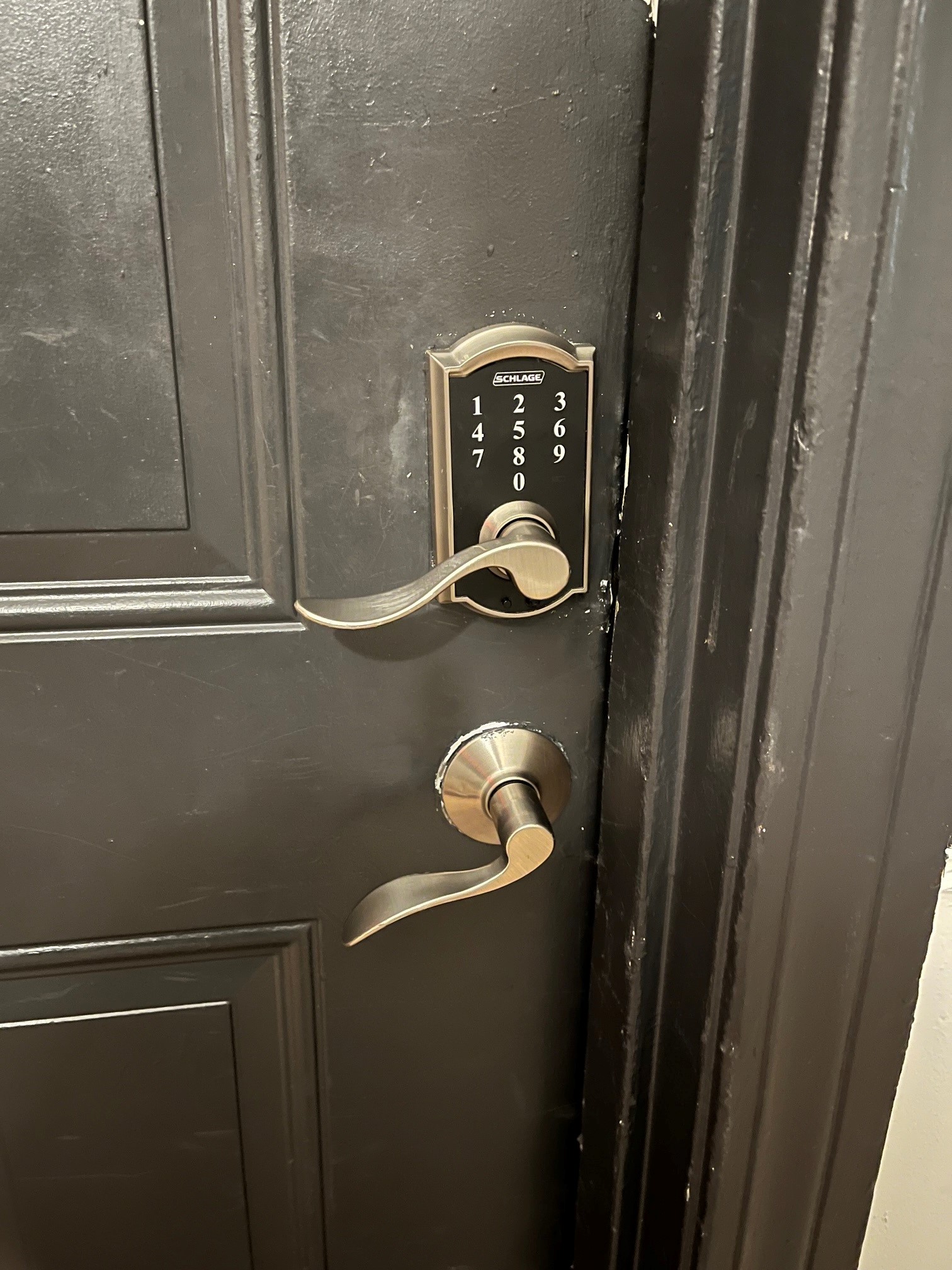
This application is not acceptable – even on a dwelling unit entry door where two releasing motions are permitted by the model codes. The lockset and latchset shown here would require two simultaneous motions to unlatch the door. This requirement has been clarified in the 2024 edition of NFPA 101.
When Mark Kuhn and I were in Savannah for the recent BHMA meetings, we came across this door in the conference hotel, and a few days later I received a related Quick Question:
On a residential dwelling unit or sleeping unit, is there a limit to the number of security devices (night latches, dead bolts, manual bolts, security chains) that can be installed along with the latchset/lockset?
Doors in most locations require hardware that unlatches the door with one releasing motion, for example, turning a lever or pushing on the pushpad of the panic hardware. There are exceptions in both sets of model codes used in the US, that apply to dwelling units and sleeping units. These exceptions allow security devices in addition to the lockset or latchset, but how many of these devices may be installed? How many releasing motions are allowed?
The applicable excerpts from the model codes are below. The intent of the model codes is for a second releasing motion to be permitted for the unit entry, not a third, fourth, etc. So in my opinion, the model codes allow one lockset + one deadbolt (OR night latch OR security chain, etc.).
IBC-2024: Doors from individual dwelling or sleeping units of Group R occupancies permitted to have a single exit in accordance with Section 1006.2.1 or 1006.3.4 are permitted to be equipped with a night latch, dead bolt, manual bolt, or security chain that requires a second releasing motion, provided that such devices are openable from the inside without the use of a key or tool.
NFPA 101-2024: Egress door assemblies from individual living units and guest rooms of residential occupancies shall be permitted to be provided with devices, including automatic latching devices, that require not more than one additional releasing motion provided that releasing does not require simultaneous operations, and provided that such devices are operable from the inside without the use of a key or tool and are mounted at a height not exceeding 48 in. (1220 mm) above the finished floor.
So, one additional security device…do you agree?
Note: NFPA 101 allows two additional releasing motions for existing security devices on individual living units and guest rooms of residential occupancies, so the question becomes…how old do the locks have to be in order to be considered existing? The requirement for one releasing operation, with an additional motion allowed for residential units was added to NFPA 101 in the 1988 edition. In my opinion, unit doors that existed prior to the adoption of the 1988 code could have two additional releasing motions, but doors installed after adoption of the 1988 code would be limited to one additional releasing motion.
You need to login or register to bookmark/favorite this content.

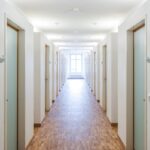
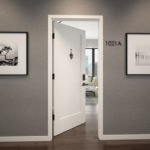
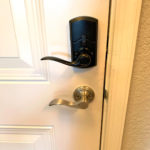
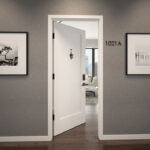

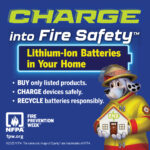

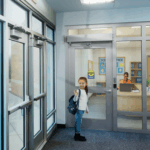
Agree
But isn’t the picture, one of the entry side? To get into the unit?
Now the picture is more than likely in violation of ADA, unless there is no bolt on the bottom lever?
Hi Charles –
Yes, it’s on the entry side but I’m assuming there are two levers on the egress side. And yes, it’s an ADA issue too.
– Lori
I could see that possibility
Plus the bolt for the bottom one might be gone,,,, but even if the bolt is gone, people still might reach for both handles.
Thank you for providing an answer to this unique question. I believe it was me who referred this inquiry to iDigHardware as I knew that you could provide the answer and the references.
What if you run a vertical rod joining the two handles?
The great news is many states have firmed this up even more with their building codes. I have not seem a NEW apartment complex or condo complex, in the last 5 years, with anything but interconnected locks. progress
The older apartments complex’s remain the wild wild west.
I’ve always wondered about the two-releasing-motion thing. A popular big-box-store lockset requires two motions alone to open: twist thumbturn to unlock shared spindle, then rotate inside knob/lever. Add a deadbolt and you’re up to 3 releasing motions (seen in a lot of new-build houses). Add a chain and you’re up to 4 releasing motions–which I’ve seen in an apartment I used to live in.